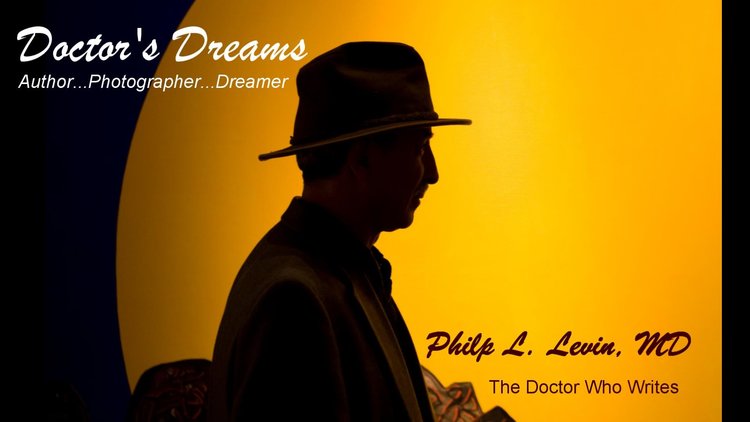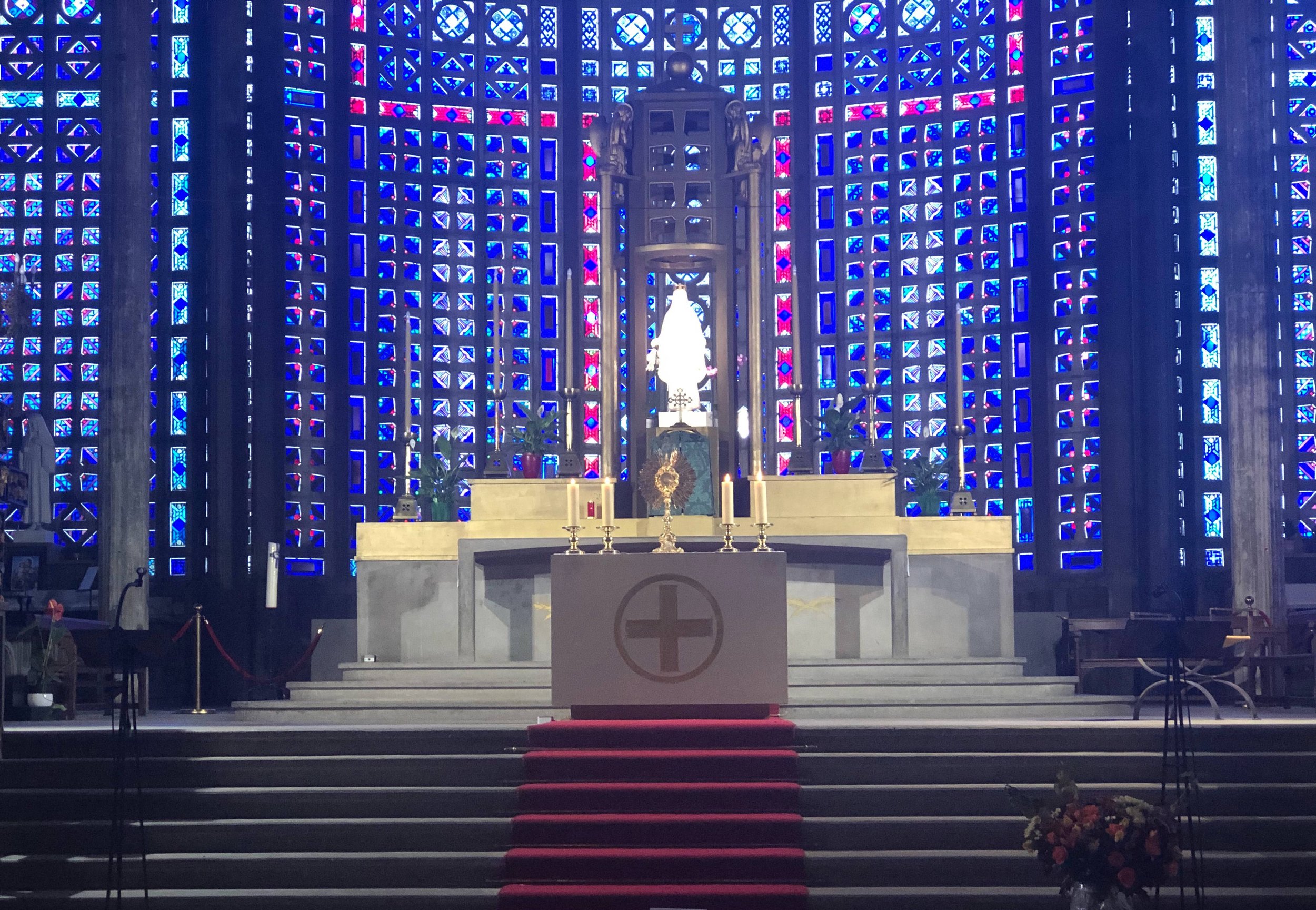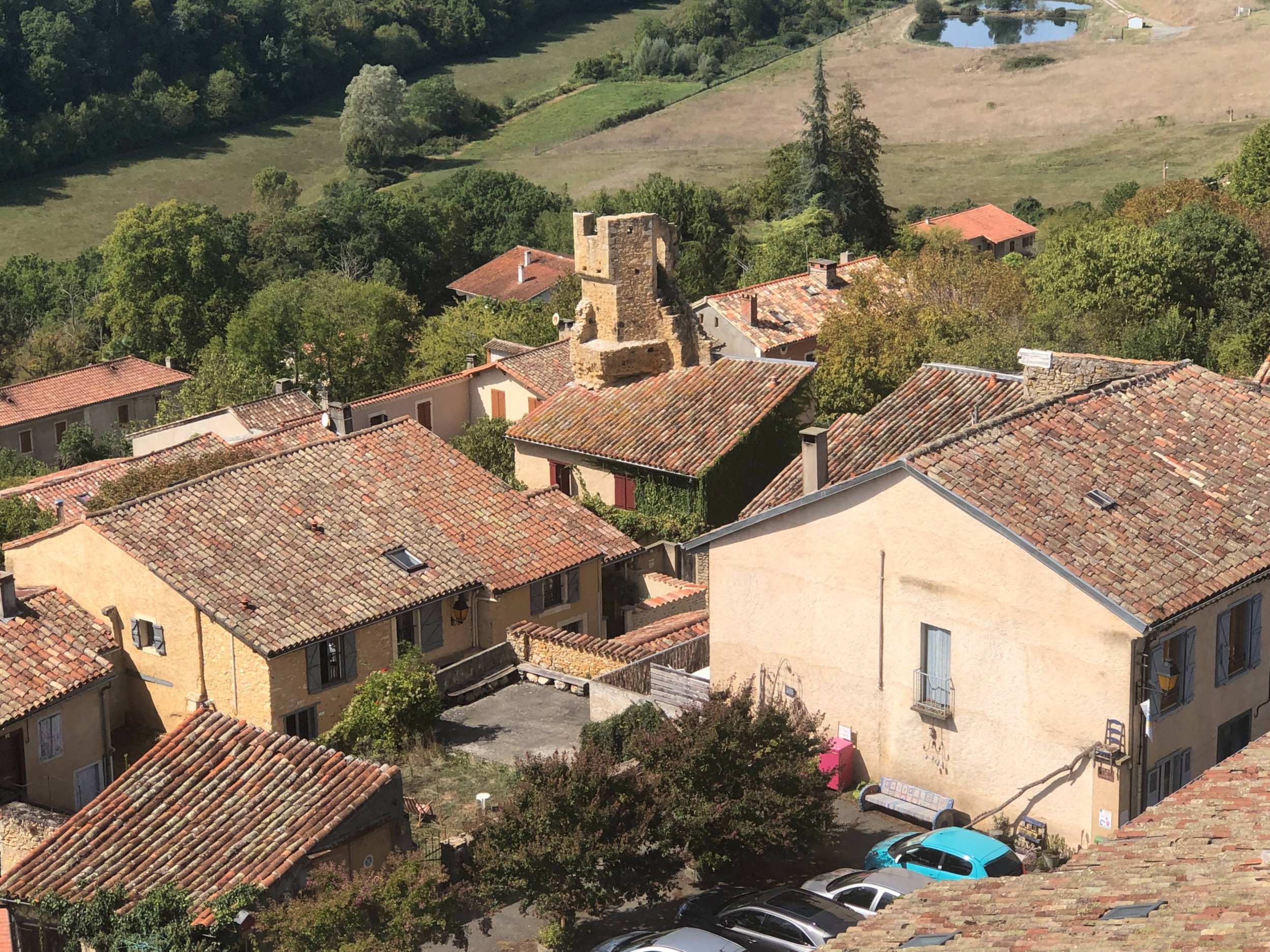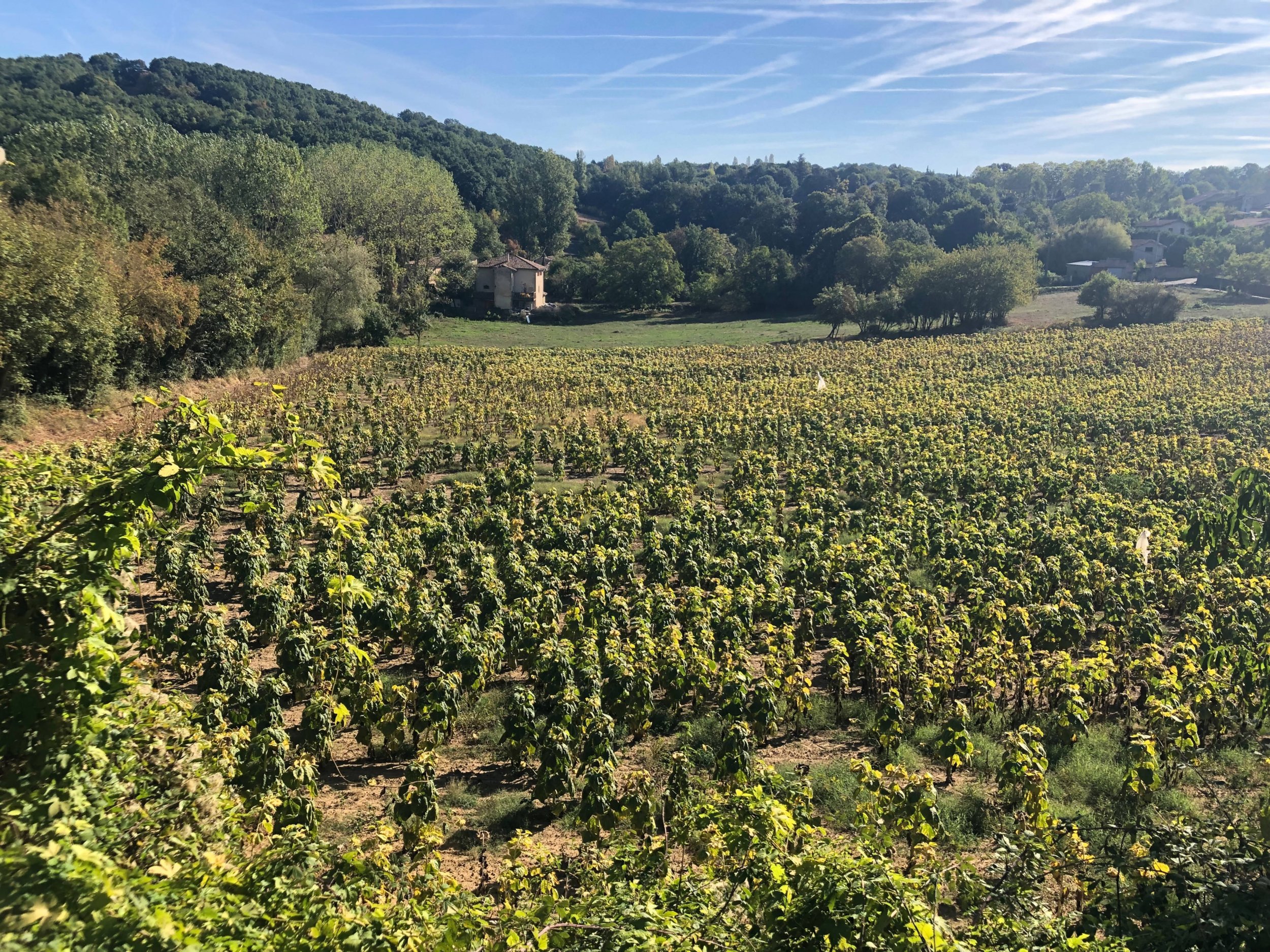France, Blog 6: The last three days
On Friday, blog 5, I related our full day of traveling, the Pierrefonds Castle, the Amiens canals, and the Amiens cathedral. Enough travel, we decided, and for the rest of the weekend we stayed at home. Saturday François took me on a “promenade.” For an hour we raced up and down the hills of his hometown, Le Raincy, making brief stops at the post office, the town hall (called Hotel de Ville), and the local Catholic church.
Hotel de Ville
Known as Église Notre-Dame du Raincy the church opened in 1923 as the first concrete church in France. It honors the French victory at the Battle of the Marne, where the French turned back the Germans in WWI. Its long panels of stained glass occupying almost the entirety of both side walls infuse the chamber with a dim kaleidoscope effect, like a fantasy night, perfect for feeling the presence of God.
Notre Dame du Le Raincy
Residential Le Raincy streets are narrow one-way lanes with cars snuggling in on both curbs and old houses huddling behind stone fences. There’s a sense of wariness, a danger hovering over everything with alarms and locks. It’s not the warzone feel I see in Latin American, South American, or African cities, with barbed wire and broken glass topping each border wall and guards with machine guns at every store’s door. Still, it’s palpable. A neighborhood that once held homogeneous French heritage is now invaded by African Muslims, Eastern Europeans, and Mideast Arabs. Crime is up as well as graffiti and trash. Cultural clashes are always difficult.
Paris night scene
In contrast, the town’s business streets offer two lane traffic, the bottom floor of the now commercialized buildings, once upon a time elegant homes, sport little boutique stores, florists, groceries, shoe repairs, and such. We passed a Fromager, a store that only sold cheese. Cute little restaurants with small round outdoor tables popped up along every block, including two French/Japanese sushi diners, one of which we chose as our dinner spot Monday evening. But I’m getting ahead of myself.
Fromager. The store sells only cheese!
Saturday evening marked François and Jacqueline’s son’s 31st birthday, and we joined him, his girlfriend, his sister, and his parents for the celebration at a jazz club. Getting there was half the adventure, with a ride on the subway to the train station, from there to a downtown station, and finally an Uber for the last half-dozen kilometers. Most remarkable was the hour and a half wine and appetizer break we took at an incredible restaurant Le Train Bleu hidden in the Gare de Lyon train station François knew about. From the artistic Rococo art style murals on the ceilings, gold trimmed chandeliers, linen clothed 4-wine glass China settings, to black aproned waiters, the place was straight out of an Agatha Christie novel. We befriended a couple from New Orleans there, yes, really, and we made a date to get together with them when we return to the states.
Paris train station hidden restaurant.
Gwendolyn, the sister, spoke very well English, and she and I enjoyed discussing each other’s ways of life. A few months before, she had been talking on the phone outside a store when an immigrant grabbed her phone and purse and ran. Surprisingly, he was caught by bystanders and a nearby police person. He had several dozen stolen phones and wallets on his possession. The man was sent to jail for a month, his third time going to jail for the same crimes, and now is out stealing phones again. Gwendolyn says this is common in France, there’s no way to adequately punish criminals. No wonder there’s a cloud of fear about. Oh wait. He was also fined 1000 euros because he kicked Gwendolyn in the leg, injuring her. Since he couldn’t pay the fine, the government paid it. Weird system.
Gwen
The Jazz club, Chez Papa, was sensational, a small, crowded, dimly lit bistro whose dark walls held thousands of signatures and small messages from prior patrons. A three-piece live band played all evening, from before our arrival until after midnight. Like all French dinners, wine and champagne flowed freely, and food started serving after nine. I had snails for appetizer and huge shrimp called gambas for my main course. At one a.m. we stumbled onto the curb waiting for our Uber.
Appetizer at Chez Papa, established 1933
Sunday Isabelle and I took a morning promenade through town, picking up some pains au chocolat for breakfast and some appetizers to be served later. That later came at 1 p.m. when guests arrived for the afternoon. Five years ago, Isabelle and I took a several week cruise through French Polynesia (the Marquesas Islands, Tahiti, Bora Bora, etc.). There she befriended a French physician, also named Jacqueline like our hostess. Dr. Jacqueline and her husband of the time came to visit us in Biloxi, and we promised to return the favor when we visited France. She brought her handsome son and his gorgeous Malagasy girlfriend, and we settled down for wine, more champagne, aperitif hors d’oeuvres, and long conversations in French. You see them smiling in the photo, right? French people seem to smile nonstop. Maybe it’s the wine or they truly are a naturally jovial people. It’s very pleasant. Lunch ended at 7 p.m.
Happy French people
Monday began with another morning promenade with François, a three-mile jaunt. He showed me his pedometer which revealed he averaged over 18,000 steps a day. Fully retired, he collects and sells coins on the Internet for fun. The house is 18th century, totally reworked inside, decorated with souvenirs they collected on their trips to India and China. As we were walking, I received a frantic text from Isabelle. She had tried to check into her flight and discovered she’d been changed from the 3:50 p.m. flight we scheduled together to the 9:00 a.m. flight. Two hours online with Delta and I finally managed to get her back on my flight, but at a downgraded seat.
Downtown Paris at night
It rained off-and-on all day, and feeling a bit closed in, we decided to take an afternoon outing at the nearby Château et parc de Champs-Sur-Marne. Built in 1699 in neoclassical style, the chateau had a series of owners through the next two hundred plus years. Several kings visited there, including Louis XV who housed his mistress, Madame de Pompadour. Dignitaries such as Benjamin Franklin and authors Diderot, Voltaire, and d’Alembert were frequent guests. In 1935 it was gifted to the state and served as guesthouse and sometimes residence for visiting foreign statesmen and French dignitaries including Charles de Gaulle. I followed the audio guide on a tour of the fully period-restored four-story structure, with statues, chandeliers, admirable wall murals, and finely hand-carved pieces throughout. During our visit the furniture had been rearranged in preparation for a movie with Johnny Depp to be filmed there next week. Following the inside tour, we took a walk through the 85-acre gardens, a Versailles look to them, graced with elegant fountains, perfectly arranged paths lined with majestic trees and out to the fields where a couple of dozen horses grazed, roaming free. An idyllic setting of calm and beauty.
Chateau de Champs-Sur-Marne
French garden at the Chateau
Monday night we dined at the aforementioned French/Japanese sushi house. Jacqueline and François had large sushi plates while Isabelle and I opted for the steamed raviolis. The euro is so depressed right now (down over 15% for the year) that prices were cheap. When we saw the 3 scoop sundaes at 5.50 each, we couldn’t resist. Yum!!! I thought it was a French treat, but Isabelle says it’s typical Belgium.
Ice cream sundaes at a French Japanesse sushi house
And that brings us to Tuesday, the end of our trip. We packed and loaded into their car for the 30-minute drive to the airport. Charles De Gaulle airport is the busiest in Europe, with 70 million passengers going through its terminal every year. On our arrival, we discovered we’d both been downgraded from the premium select we’d paid for to economy, and not even sitting together. It took some fancy French talking on Isabelle’s part to finally get us side-by-side in comfort plus. Next came passport control with its hour line. Due to my Delta gold status, we were allowed to use the Air France lounge at CDG, and I’ll report it’s luxurious, with delicious food and, of course, a large selection of free wine and champagne.
CDG airport
Isabelle would like to return to France in May for her mother’s 90th birthday. I suppose I’m up for it. By then maybe I’ll be able to understand what they’re saying.















































